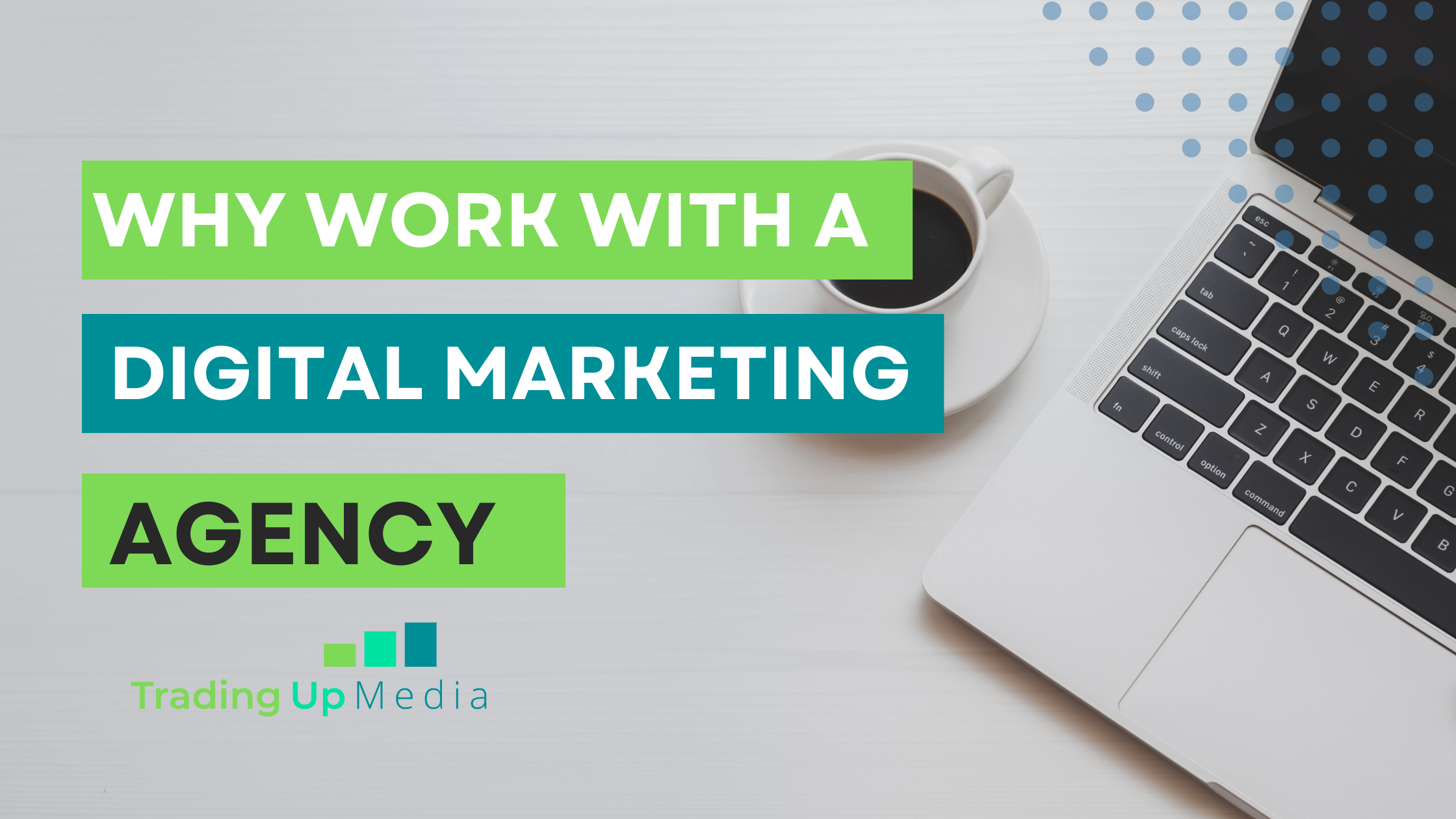What You Need to Know About Audience Targeting
Today’s digital landscape is competitive. Brands have to contend with adorable puppy videos, cat memes and pictures of your cousin's banana bread to get their prospects’ attention. But thanks to data, enhanced advertising platforms and good copywriting, reaching your target audience has never been easier.
What is audience targeting?
Audience targeting is the ability to target or segment a specific audience based on criteria such as online behavior, demographics, interests, or buying intent. In other words, audience targeting finds the exact person you want to reach.
What are the benefits of audience targeting?
Audience targeting is the most effective way to reach your prospects. It allows you to get your message in front of users who are most likely to be interested in your products or services.
When you target your ideal audience, you are more likely to attract, convert and delight your prospects. Effective audience targeting also reduces wasted ad spend, giving your paid campaigns better ROI.
How do I build my audience segments?
There are a variety of methods, tools and platforms that will help you target your prospects.
Most people are familiar with audience targeting through ad platforms like Facebook Ads, and LinkedIn Ads. These platforms allow you to use their data to build segmented lists and serve ads to those segments within their platforms.
Google Display Network (GDN) takes things one step further and allows you to target your audience two ways:
1. Website-based targeting that allows you to display ads on a predetermined set of websites based on criteria and shows ads to all users on those sites.
2. User-based targeting that allows you to target a set of users based on some criteria and then delivers those users ads to any websites they visit that are on the Google Display Network.
These methods have a low barrier to entry, giving any business the opportunity to build segments and advertise. These platforms are great for beginners and marketers who have a broader audience.
However, the limitations of these platforms can lead to wasted ad spend and inability to reach your niche audiences. Many businesses, especially those in the B2B space, require more sophisticated audience targeting abilities.
What is the best way to reach my target audience?
The most robust method for audience targeting is through programmatic advertising.
Data is at the very core of programmatic. Using first, second, and third party data, programmatic advertising allows you to arrange the data into audiences that are most meaningful to your business. Programmatic allows advertisers to build segments based on: audience targeting, contextual targeting, behavioral targeting, geotargeting, cross-device targeting and retargeting.
Once those segments are built, you can plug into the largest ad networks, including GDN, giving you enormous reach for your display and retargeting ads. Through programmatic advertising, you can reach the exact person you want to target, exactly where they are on the internet regardless of platform, device, or website.
Because programmatic incorporates traffic data and online targeting methods, impressions are served more accurately, efficiently and at scale. This leads to better ROI for advertisers.
How do I get started with programmatic advertising?
There is a big learning curve when it comes to programmatic advertising. We always recommend working with a trusted partner (like us at Trading Up Media) with vast programmatic knowledge and experience in the space.
- Develop your audience personas.
Who are you really trying to reach? What online behaviors do they have? Keep in mind, businesses are people too. Your audience isn't out there spending all of their time online looking for just your solution. They're also on food blogs planning dinner, or reading celebrity gossip columns for fun. Developing your personas will help you reach your targets where they are, rather than where you think they are. - Determine your campaign goals.
What are your expectations, and what do you want to accomplish? Prior to your launch, make a plan and decide what your SMART (specific, measurable, attainable, relevant, time-based) goals should be. Are you looking to increase your newsletter subscription, or schedule more demos? Your goals will also determine other parts of your campaign such as ad copy, landing pages, and workflows. - Develop your campaign KPI’s.
What metrics should you be tracking? I'll give you a hint, you're going to want to track more than just clicks. For most campaigns, you will want to track to number of new contacts, signups, and revenue attribution.
If you’re ready to get started with audience targeting, we’re here to help. Schedule a call today to learn more about your advertising options.






Leave a Reply